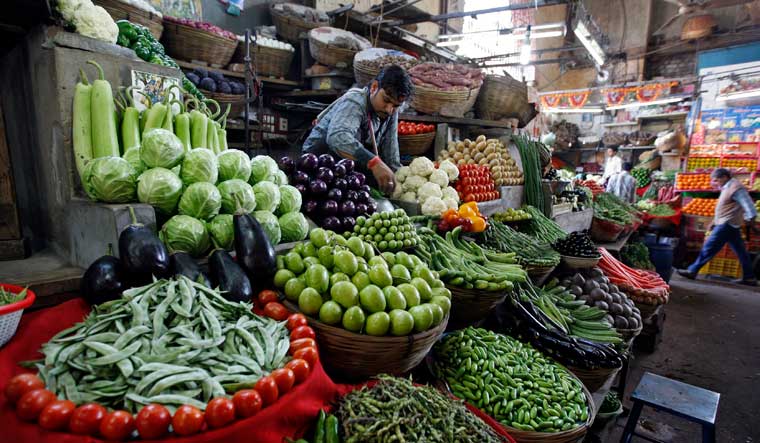India is predicted to witness a normal monsoon this year, according to private weather forecasting agency Skymet.
The rains are expected to be 102 per cent of the long-period average of 868.6mm for the four-month period between June and September, stated Skymet.
With about 43 per cent of the country's farmland lacking irrigation cover, farmers in states like Maharashtra, Karnataka, Tamil Nadu, West Bengal and Odisha depend on the annual monsoon rains to grow kharif crops. The refilled reservoirs during the monsoon is also crucial for the rabi output. The agricultural sector contributes to nearly 18 per cent to the national output and accounts for around 16 per cent of the GDP.
"Sufficiently good rains" in southern, western and northwestern parts of India could improve the crop yield during the year, as per the weatherman. If food production increases, it could further help in bringing down the inflation figures.
"El Nino is swiftly flipping over to La Nina. And, monsoon circulation tends to be stronger during La Nina years. Also, transition from Super El Nino to strong La Nina has historically tended to produce a decent monsoon. However, monsoon season may start with risk of impairment, attributable to the remnant effects of El Nino. The second half of the season will have an overwhelming edge over the primal phase," said Jatin Singh, managing director of Skymet.
Is a normal monsoon enough to bring down inflation?
The past five years have seen normal or above monsoon and the production of foodgrains has increased during this period. However, that is not enough to keep food inflation under 6 per cent, according to analysts.
Last week, the RBI Monetary Policy Committee has retained its CPI (consumer price index) inflation forecast for FY25 at 4.5 per cent, with an assumption that the country will get a normal monsoon this year.
According to RBI, global supplies of food could be disrupted due to extreme weather conditions. The central bank said the ongoing tensions in the Middle East also pose an upside risk for crude oil prices. The unceasing Ukraine war could also further disrupt food supplies.
"Food price uncertainties continue to weigh on the inflation trajectory going forward. A record rabi wheat production would help temper price pressure and replenish the buffer stocks. Moreover, early indication of a normal monsoon augurs well for the kharif season," RBI had stated.
Hence, even if the country gets a normal monsoon, it's not a guarantee that the food prices will remain under control during the crucial months of July and August.
A clearer picture of the current economic situation will be available once the official data for March retail inflation gets released on April 12.



